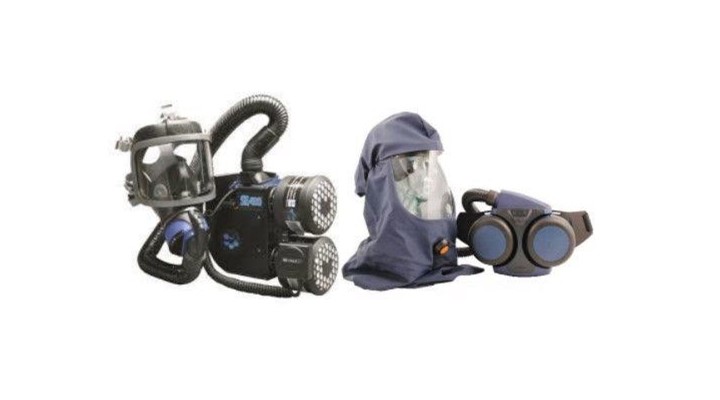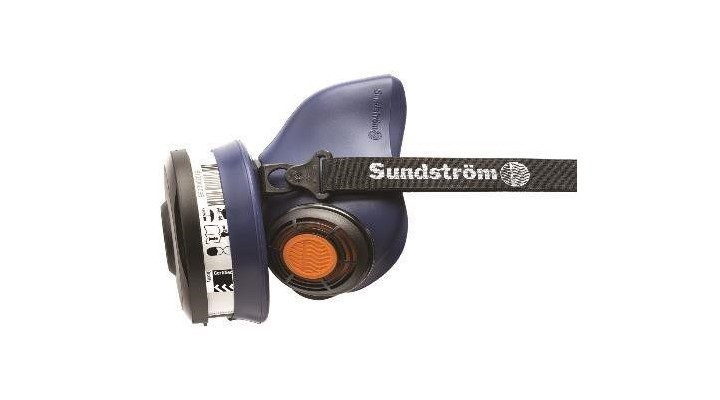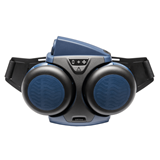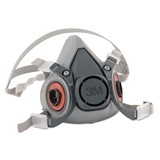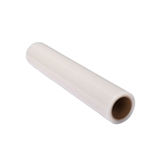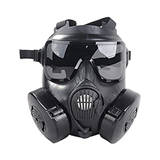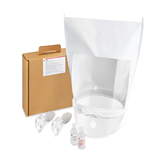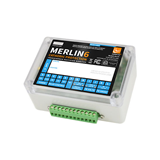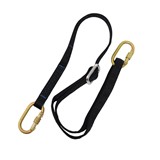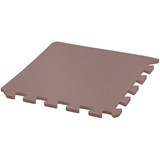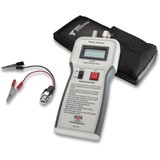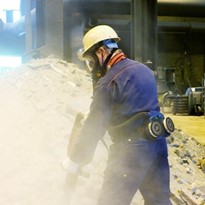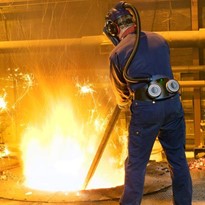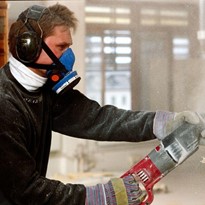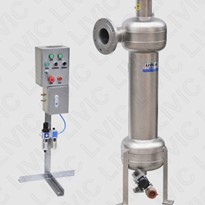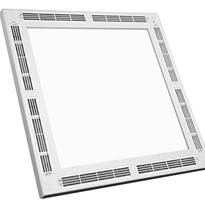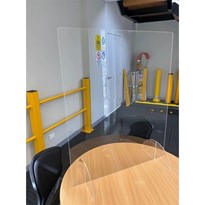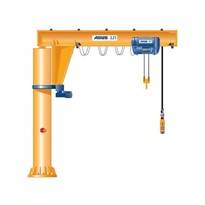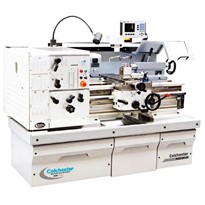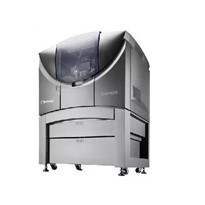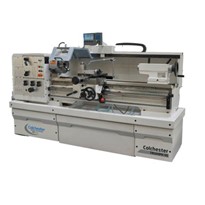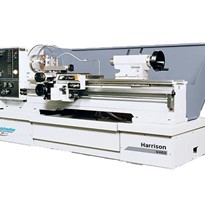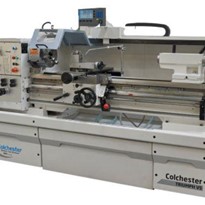RESPIRATORS AND A FURTHER DISCUSSION
About the author
Dr John Wallaart has a PhD in Occupational Health and Safety with a focus on respiratory protection as well as a number of other qualifications. He is on New Zealand and Australian technical committees as well as on international standards on respiratory protection. He has over 35 years of experience in a multitude of industries internationally, teaches extramurally at two universities and is partly retired.
Introduction
Respiratory protection is routinely used in thousands of workplaces in New Zealand to protect people from a wide variety of airborne contaminants prior to the coronavirus outbreak. Methodologies for use and testing are generally well known and practiced. However, the use of respiratory protection in the health sector against the coronavirus is a relatively new application and experience is being gained as the applications and insights increase.
There are many myths and misunderstandings in the use of RPE (Respiratory Protective Equipment) which are useful to discuss here.
The airborne spread of coronavirus is a significant means of transmission for the general public and HCWs (Health Care Workers). There appears to be a suggestion that transmission is by large droplets only which is now increasingly being questioned. The transmission path is well established and consists of a range of droplet aerosols of a wide variety of sizes some of which can remain airborne for many hours if not days. The method of transmission has implications for protecting people by various means including respiratory protection.
So how does the virus move?
When people breathe, sing and cough or sneeze, thousands of droplets become airborne. It has been recorded that in a typical sneeze, over 40,000 of these are spread wide and discharged quite a speed and distance from the infected person. The spread is shown pictorially below. Recent research from Finland and other countries have shown in 3D models of what typically happens in real time in video scenes and these are available from a number of websites. The range of particle size can be large and the larger ones will fall quickly to the ground under the effect of gravity. However, smaller micron size aerosols will remain airborne. These are too small to be seen by the naked eye. There are now numerous videos of what happens in relation to the droplets and aerosols when an infected person sneezes or coughs. The large droplet advice, which is appropriate, relates to distancing of 2 metres and washing hands.
What does this mean in terms of RPE (Respiratory Protective Equipment)?
There are numerous newspaper and other media articles showing people wearing masks, some of which are home-made. It is important to distinguish the function between “masks” like these and “respirators”.
Respirators are designed specifically to protect workers against airborne hazards, and have to be certified by laboratories in several countries. This means that they will retain a predetermined a small size particulates at given simulated breathing rates. There are significant manufacturing controls and on-going testing to ensure that the products perform as stated.
Masks and surgical masks are not respirators and are not generally designed for the same purpose. Most surgical masks, for example, are designed to retain large droplets, blood aerosols or small bone fragments as might occur in a medical setting. They are not designed for the protection of people from airborne bacteria or virus particles which will simply pass through the mask owing to their small size. These do not seal against the face and air travels on the path of least resistance, i.e., via the gaps in the face seal. They are useful in limiting the spread of large particles from an infected person.
Respirators may appear to be simple devices but have to be worn under trained and educated conditions, that is, people (in this case HCWs-Health Care Workers) have to be taught how to fit the respirator, their limitations, and in particular, have to be face-fit tested to ensure that leakage of the contaminant does not occur through the seal. This is a method to ensure that the respirator is closely fitted to the face ad is routine in most industry sectors where RPE is worn. Not every person fits the same respirator so the verification of the face seal becomes important. It is a simple test-but a critical one. There are also other considerations which are stated in the appropriate standards.
The normal RPE generally recommended as a minimum requirement is the N95 (or similar to P2 in New Zealand and Australia) respirator. These are known as “negative pressure respirators” as the wearer has to draw air to be breathed through a filter. They are normally supplied as disposable or half-face which cover the nose and mouth. The work required to draw air through a filter can be significant for some people. A typical non-disposable half-face respirator is shown below and there are many different manufacturers, types and sizes to fit individuals:
Facial hair prevents the seal being achieved between the face and the respirator so men need to be clean shaven.
A more advanced and better respirator is the PAPR (Powered Air Purifying Respirator) which appears to be popular and increasingly used overseas-for good reasons. These have the advantage in that the eyes, nose and mouth are protected and delivers only filtered air. The air is generally sourced from behind the person (rather than in front of the person), it is less fatiguing because air is delivered rather than drawn through a filter, can be fitted with P3 filters (99% retention of particulates), can have communication devices fitted and are easily cleaned. The disadvantage is that while industry generally is familiar with these devices, to HCWs these tend to be unfamiliar devices.
It is important to distinguish between myths and reality.
It is very important to distinguish between “masks” and “respirators”. Masks are useful for protecting people from large droplets or particulates but do little for the smaller aerosols. They serve a limited purpose and the limitations need to be recognized and understood.
Approved respirators, on the other hand, are certified equipment to protect people from large and small airborne particulates or aerosols. Respirators should be worn by people who may come into contact with infected people in different settings or in a range of other activities where good protection is sought. There are a range of different types of equipment available which may be suitable for different purposes in a setting such as a health care facility.
It is helpful to know the different types of respiratory protective equipment available and how they should be used to protect people from airborne contaminants. Perhaps now is also a good time to prepare for any future situations that may also arise.


